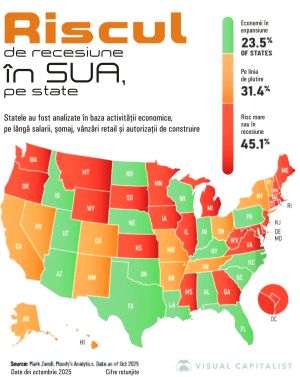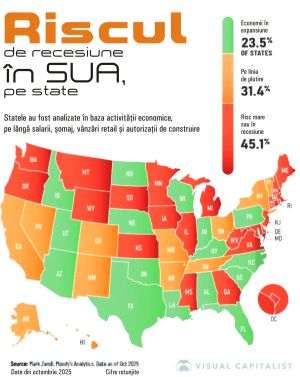The effects of pollution are among the most diverse. The pollination of plants dependent on nocturnal insects, such as moths, is threatened by air pollution, according to a study published in the journal Science. A pollutant present in the air, especially at night, drastically reduces the ability of these pollinators to follow floral scents, reveals this study by a team from the University of Washington, United States. Their conclusion is consistent with recent works on the negative effects of pollution on biodiversity, not only atmospheric, but also sound and light, induced by human activities. They harm our health, but "also the functioning of the ecosystem through these plants and pollinators", Jeff Riffell, biology professor and one of the co-authors of the study, told AFP. While studies have already highlighted the role of atmospheric pollutants on diurnal pollinators such as bees, this study focuses on the effects of the nitrate radical (NO3), a pollutant present especially at night, on the smell of flowers. The nitrate radical is formed when nitrogen dioxide, resulting from human burning of fossil fuels or from natural combustion such as forest fires, comes into contact with ozone in the atmosphere. Unlike nitrogen dioxide or ozone, the nitrate radical has the particularity of being quickly degraded by sunlight and, therefore, is present especially at night. The study thus highlights the negative effect of this atmospheric pollution on the activity of nocturnal pollinators, at a time when pollinating insects are in danger throughout the world. About three-quarters of the more than 240,000 species of flowering plants depend on pollinators, and more than 70 pollinator species are endangered or threatened, Professor Riffel points out. His team found, through computer simulations, that a large part of Europe, the Middle East, Central and South Asia, as well as South Africa, are probably the regions most affected by this phenomenon.
Pollution threatens pollination
O.D.
English Section / 13 februarie 2024




























































